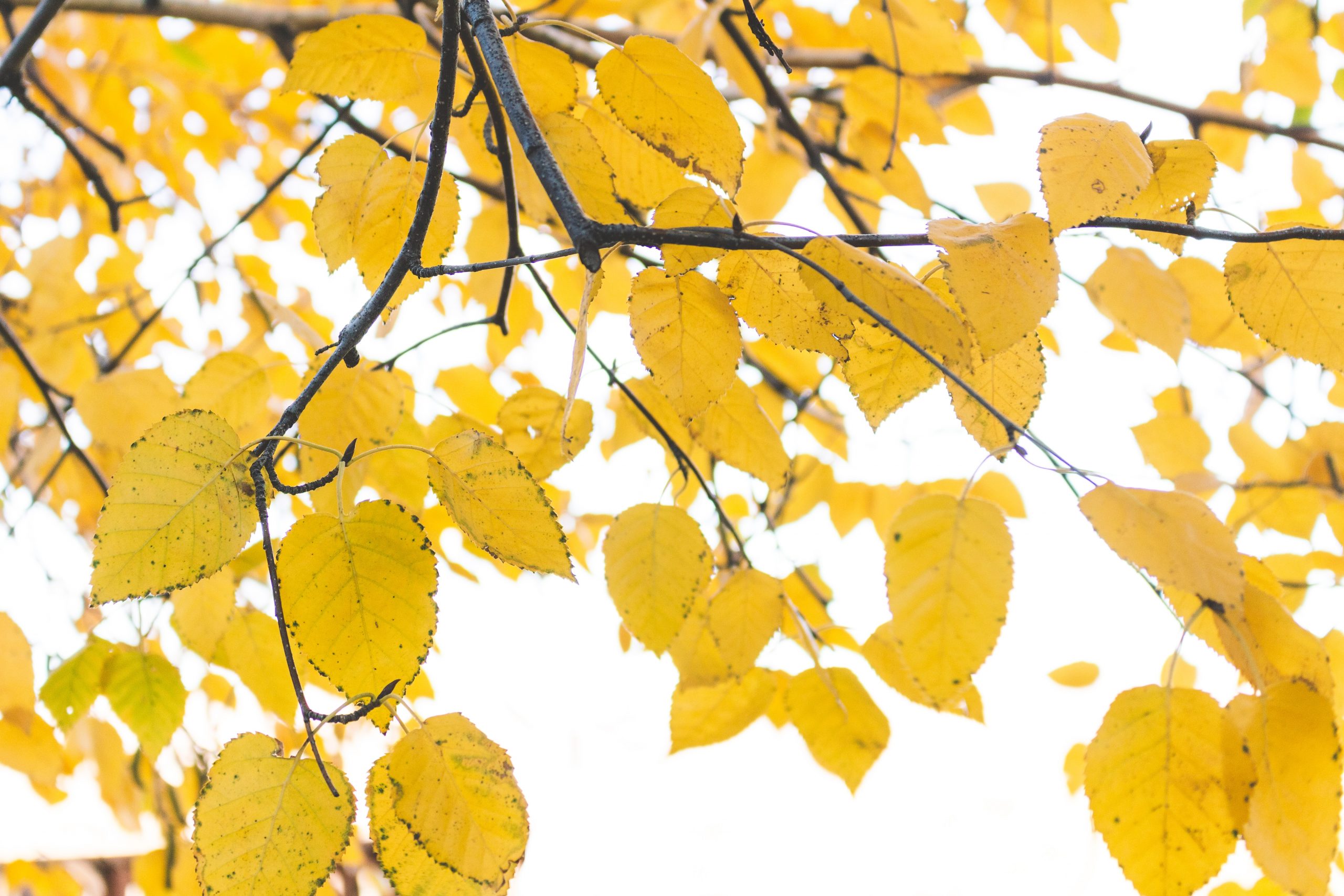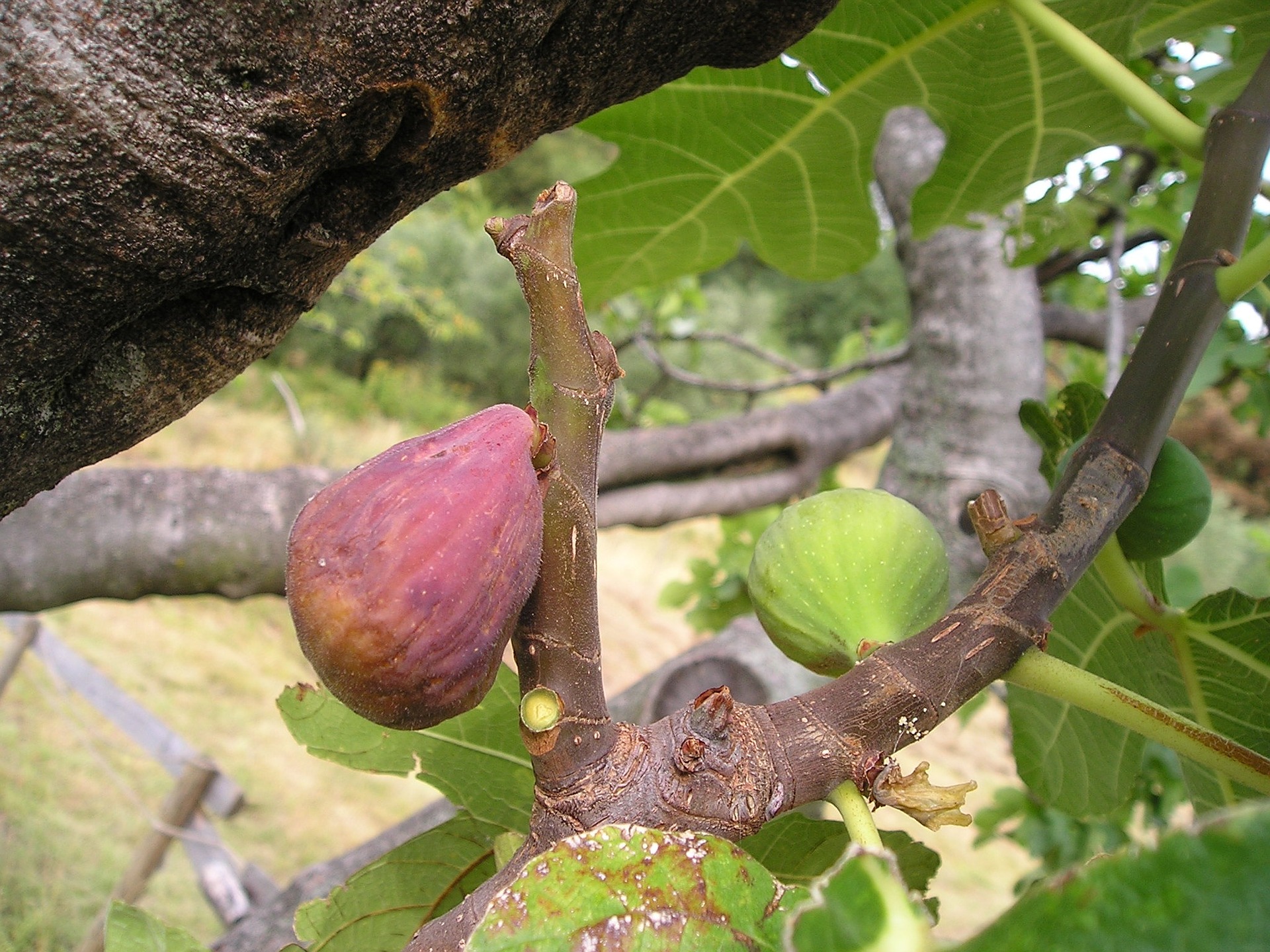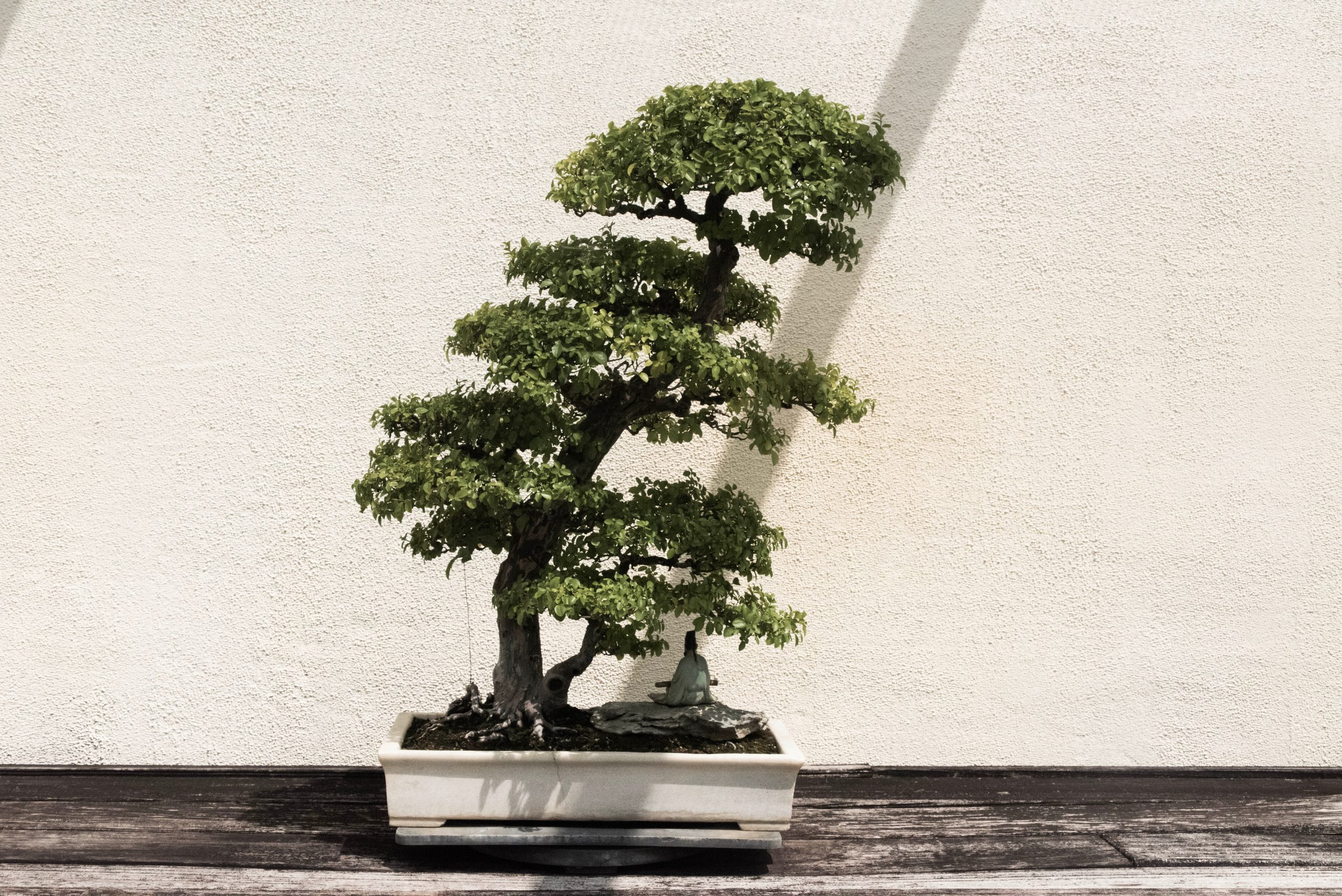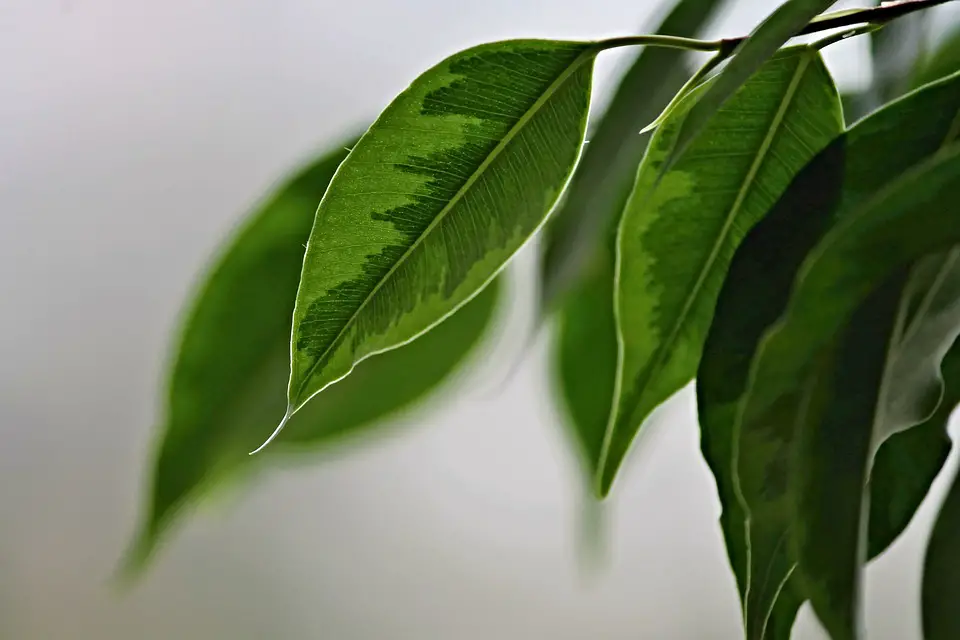The behavior of a plant's foliage can change depending on the season or following a disease caused by an internal or external fact. The ficus is no exception to this phenomenon. This Asian plant known for its anti-polluting virtues which is very appreciated as an indoor plant, can show signs of disease from its foliage. The leaves of your ficus may turn yellow, this could alarm you. However, you should know that there is a solution to this and a suitable remedy. For the maintenance of the ficus, you do not need to have a green thumb. It is only necessary to respect the basic rules such as exposure to light without direct contact with the sun's rays, a high level of humidity, a good dosage of water and an average temperature of 20 ° C.
In general, the leaves of the ficus turn yellow as a result of lack or poor maintenance, due to a deficiency or following an insect attack. However, it will be necessary to verify the exact cause of the problem to better care for your tree. Here are the 5 reasons that can cause your ficus leaves to turn yellow.
Why are the leaves of your ficus turning yellow?
When the leaves of your ficus turn yellow it deserves to take the necessary steps to remedy this. There is nothing to be alarmed about, this kind of problem can happen to all plants with foliage. However, the correct type of solution will depend on the cause. Here are five points of the reasons that can be the cause of the yellowing of the leaves of your ficus.
1. Substrate deficiency
The ficus needs a good, sufficiently granular substrate to allow water to circulate well through the soil and must provide good aeration to the roots. It needs special soil such as potting soil for green plants. The phenomenon of yellowing can appear as a result of iron, magnesium or potassium deficiency. This will lead to the disappearance of elements such as chlorophyll which is an essential photosynthetic element for all green plants. For this kind of case, it will be necessary to make sure to fertilize the soil.
2. Excess watering
It is true that the ficus, like all tropical plants, needs water and humidity to be well hydrated and to avoid drying out. however, if you are generous with watering, it could impact the leaves and cause yellowing. Before watering the ficus, make sure that the soil on the surface is dry. Also avoid watering it every day, a simple daily humidification of the leaves with a spray will do the trick.
3. Red Spider Attack
The ficus can suffer different attacks from insects or mites, this can cause the foliage to turn yellow. The red spider could be responsible for this phenomenon, it can move from plant to plant easily which could accelerate yellowing. As a general rule, to effectively eliminate these bugs it is necessary to be equipped with insecticides. Notwithstanding, you should know is that insecticides only get rid of insects. The red spider is a mite, it will be necessary to use a special product, an acaricide.
4. Poor exposure to light
Light is one of the essential elements to keep the foliage of your ficus in good condition. However, the lack of light could affect his health and longevity. Otherwise, prolonged direct exposure to sunlight could lead to a color change on the foliage. Make sure you place your ficus inside your house that receives light in a cool enough temperature.
5. Wrong location
The ficus is a plant that requires a location that ensures it a temperature with low thermal amplitude. Especially from 15 ° C to 22 ° C maximum. Any temperature deviation could cause its foliage to change color and turn yellow. You should also move your tree away from an area that allows a draft.
How to avoid yellowing the leaves of your ficus?
You have to know to keep your plant alive and in good health as long as possible, you have to ensure it a good maintenance and give it the right place. Repotting is part of that. Remember that the ficus grows and it is necessary to repot it every 2 years to prevent its roots from coming out of the ground. The fact of pruning your ficus will allow to maintain a good esthetics and to eliminate the impacted leaves.
Insecticides and acaricides are effective in killing critters that can harm your ficus. However, prefer natural products to chemicals, for this you need to check with a professional.
The choice of potting soil will determine the future of your ficus, be sure to put a special indoor green plant potting soil during repotting and only use 100% natural fertilizer.




